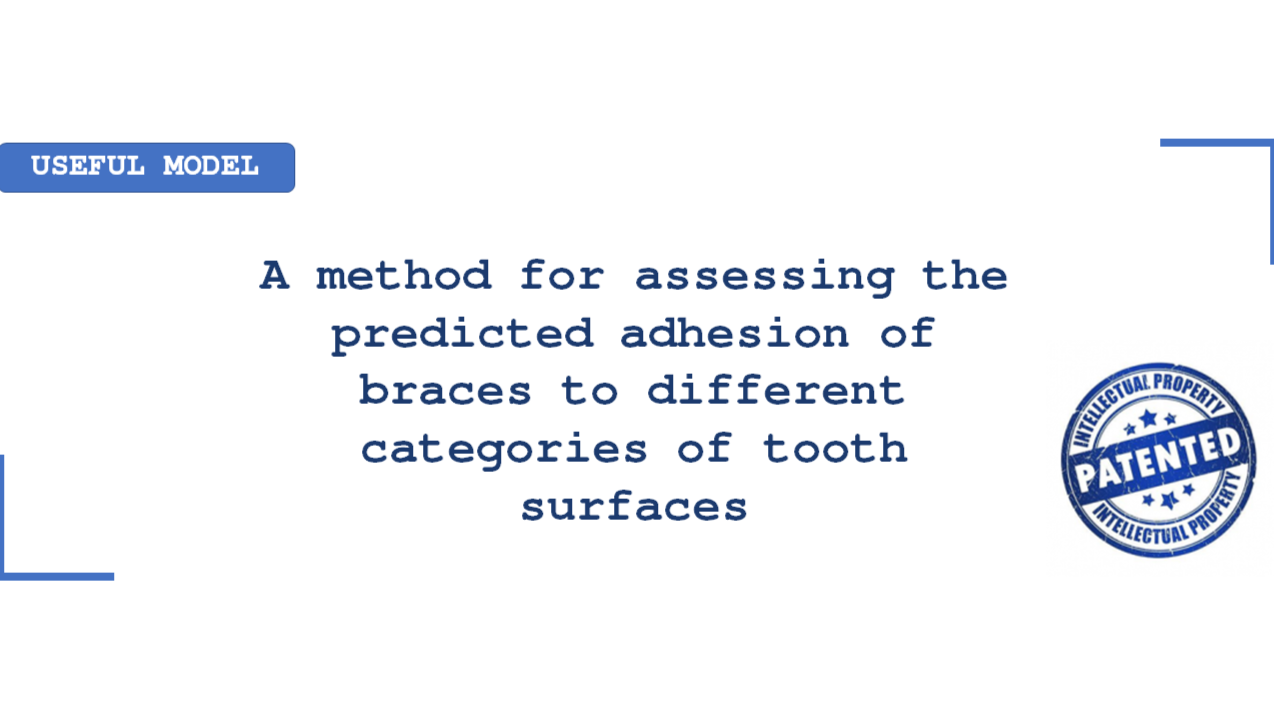A method for assessing the predicted adhesion of braces to different categories of tooth surfaces includes preparing the objects under study by cleaning them from dirt and etching the surface with 37 wt. % orthophosphoric acid at the place of bracket attachment, application of adhesive material and bracket placement, exposure of the resulting structure in a thermostat at 37 °C for at least 24 hours, followed by shear strength testing. To find the optimal parameters, at least one category of tooth surfaces is selected as the test objects for one study, and the etching is performed in the range of 15-60 seconds for each type of adhesive material applied in 15-second increments, at least 6 sets of specimen designs are tested for four time intervals in the combination “etching time – tooth surface category – type of adhesive material”, exposure is carried out in an artificial saliva environment with a degree of acidity close to neutral in the pH range of 6.8-7.2 units at a temperature of 37 °C.
The utility model belongs to dental materials science and can be used to predict the effectiveness of the use of braces in different groups of patients who need correction of the dentition. The achievement of the desired result is determined to a large extent by the time of surface etching and adhesive material, their composition and properties, as well as their 5 variations in various combinations.

